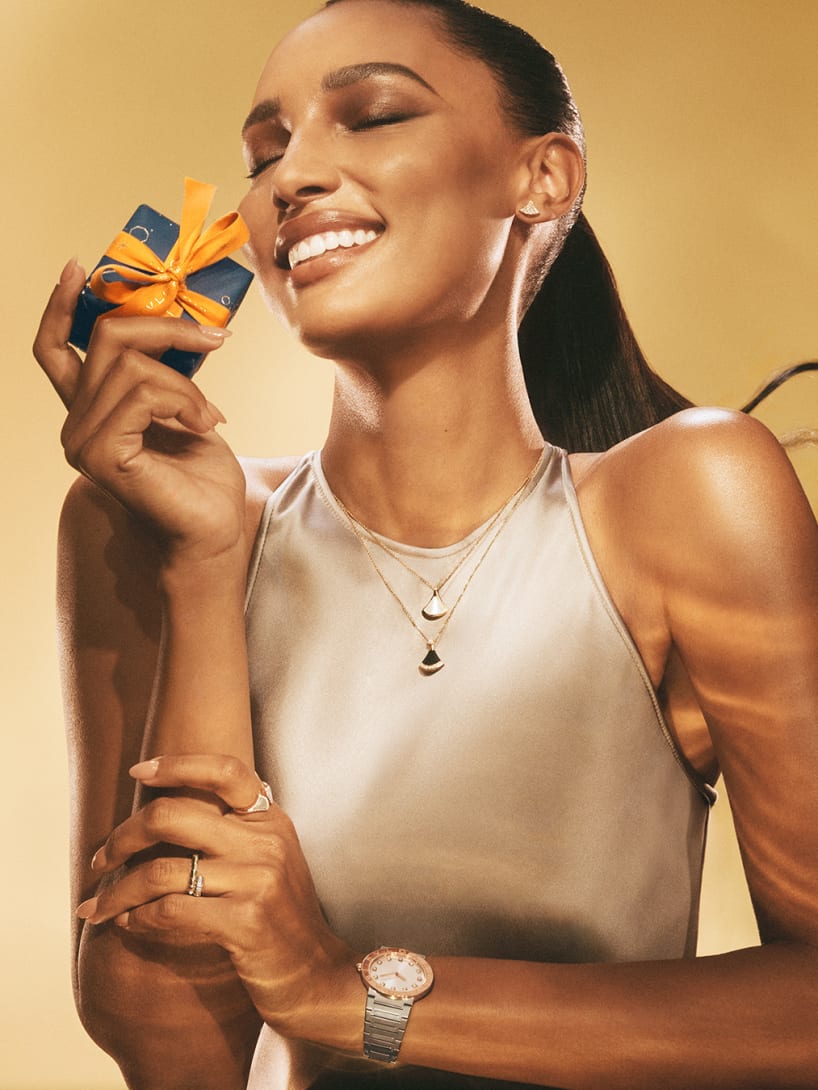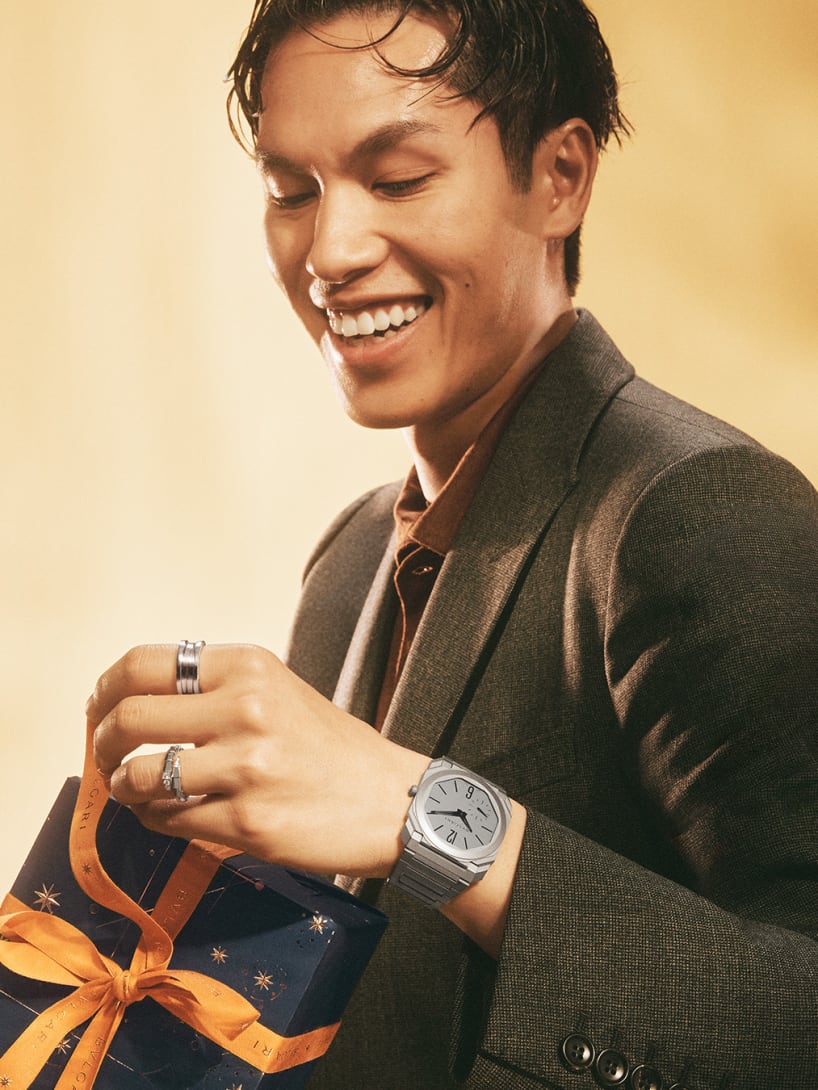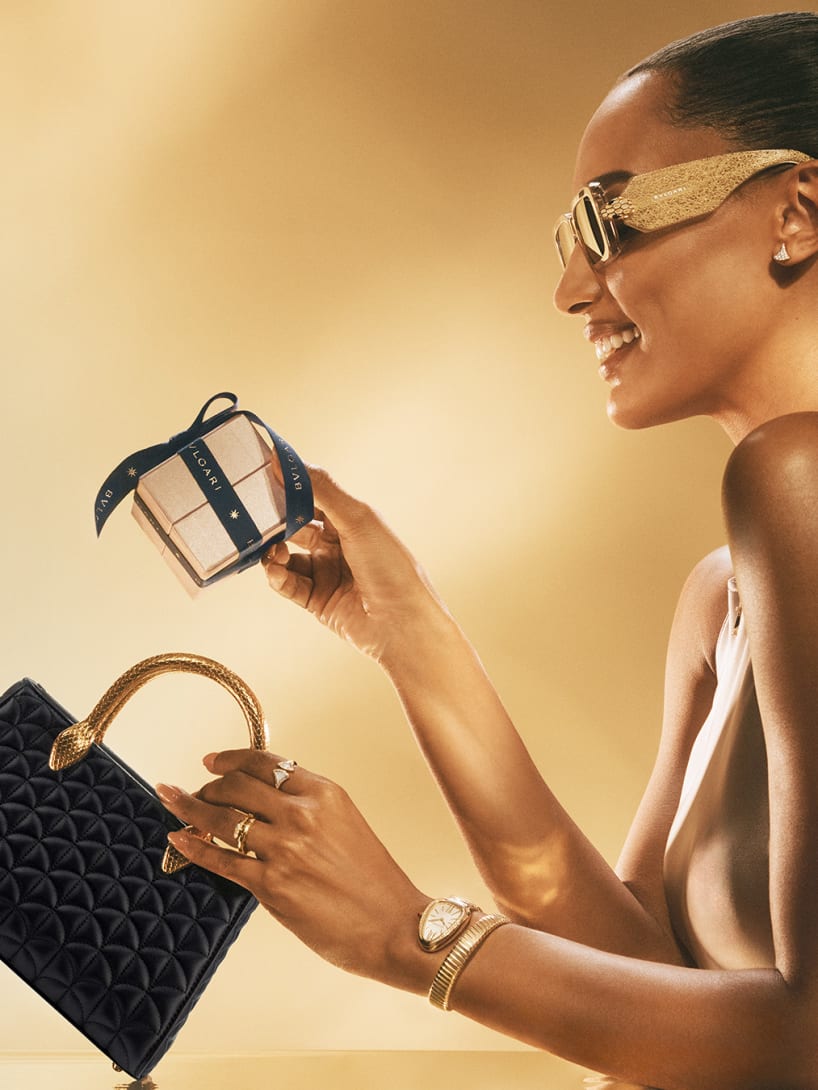
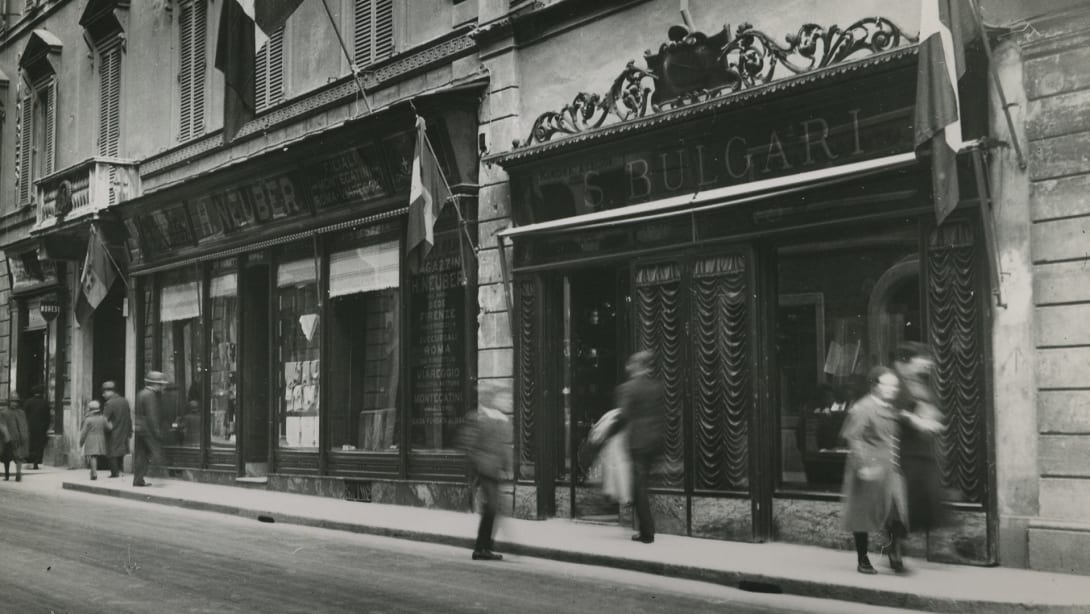

1920s: Transition into high jewelry
In the 1900s, Bvlgari embarked on a transformative journey, beginning with the opening of a larger store in Rome's Via dei Condotti 10 in 1905. This strategic move - a bold venture named 'Old Curiosity Shop' to better attract British and American tourists - marked a pivotal shift from the boutique's initial focus to embrace the higher end of a vibrant market.
By the early ‘20s, under the guidance of Sotirio’s sons Giorgio and Costantino and leveraging the family heritage in silversmithing, the shop expanded its range to include exquisite timepieces and sophisticated jewelry creations.
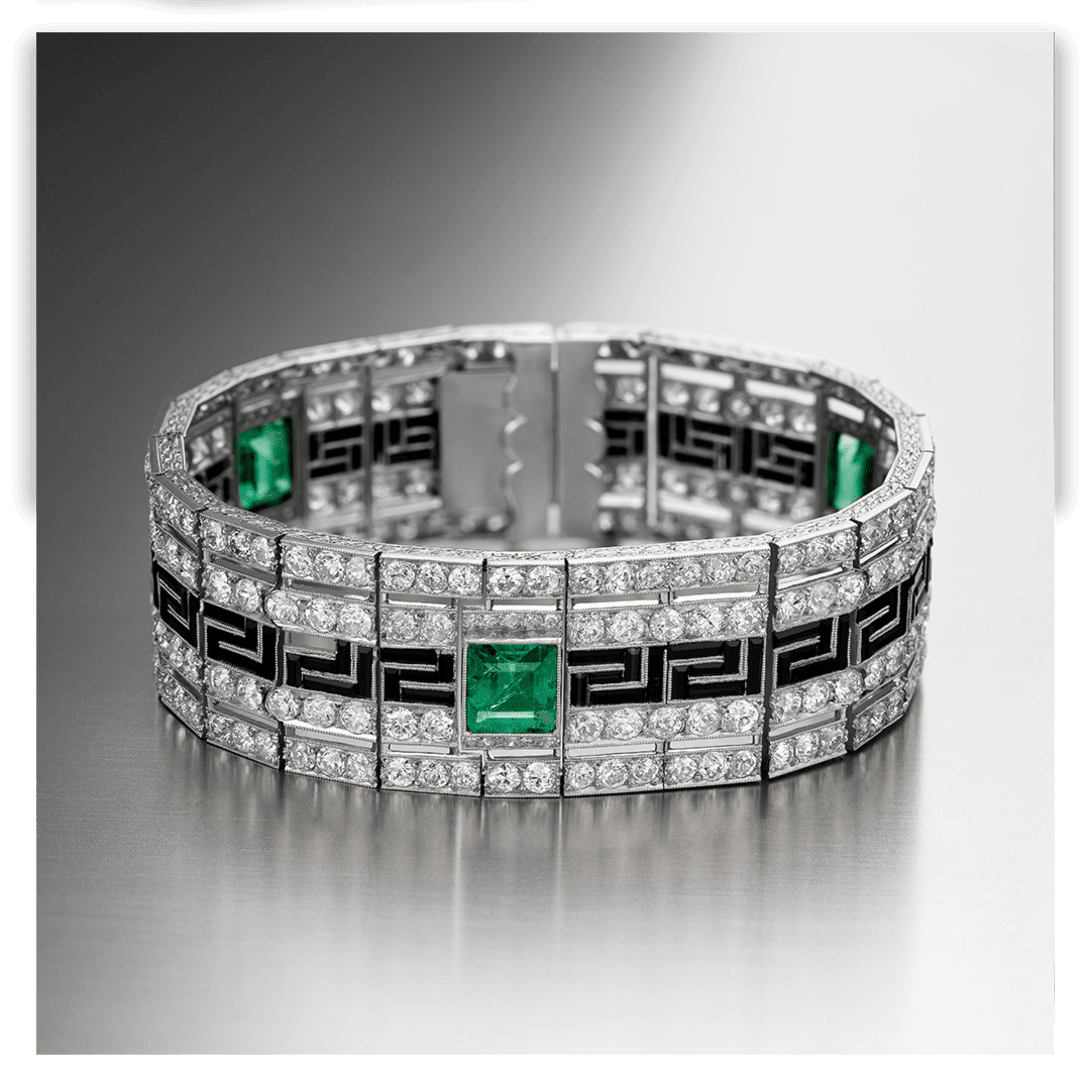


Bracelet, ca. 1925. Photo by Barrella - Studio Orizzonte Gallery



Bracelet, ca. 1925. Photo by Barrella - Studio Orizzonte Gallery
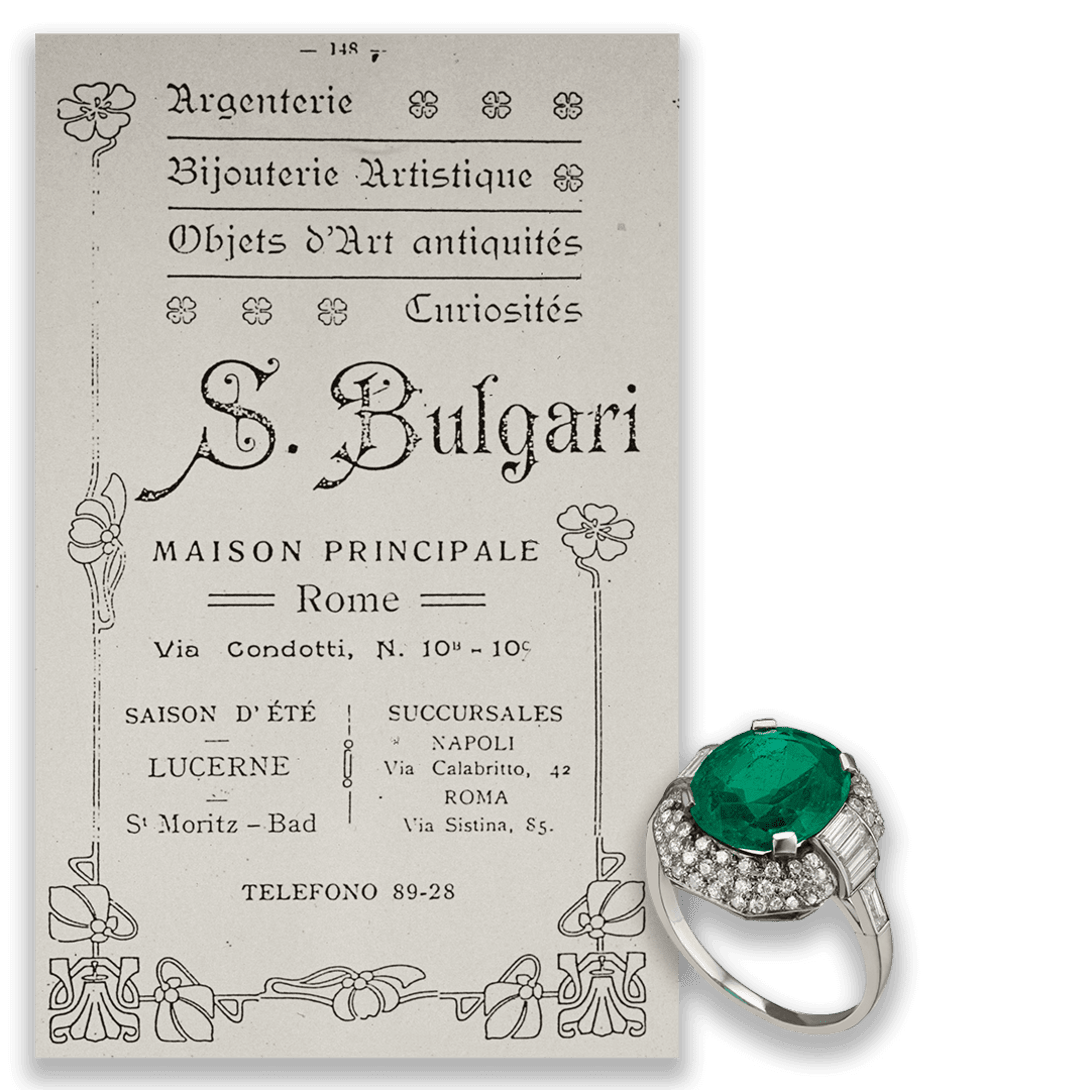


First Bvlgari campaign, 1910. Bvlgari Historical Archives



First Bvlgari campaign, 1910. Bvlgari Historical Archives
This period saw Bvlgari foray into the geometric and stylized designs of the Art Déco movement combined with the elegance of platinum, mirroring global design and fashion trends, while the use of singular-color stones incorporated traditional French school elements.

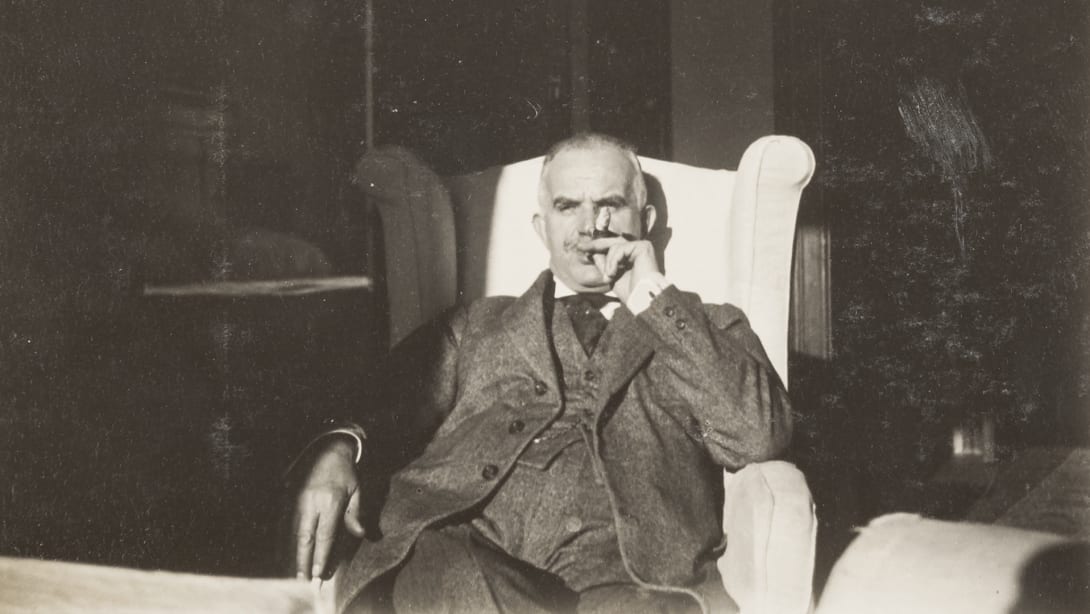

Indeed, while still adhering to the then-dominant French codes, the 1920s were unquestionably defining years for Bvlgari’s own style, paving the way for its future as a leader in the world of jewelry and beyond.
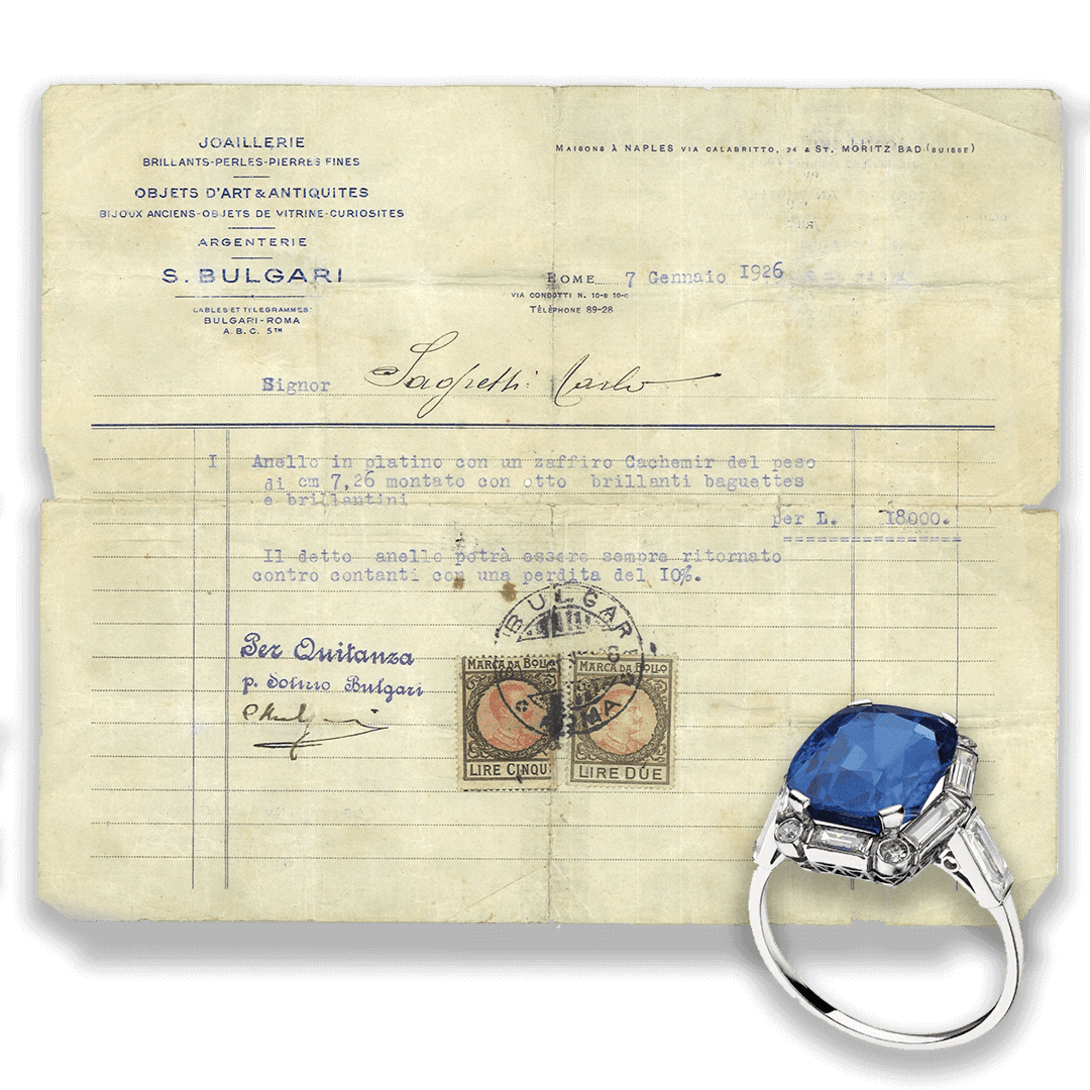


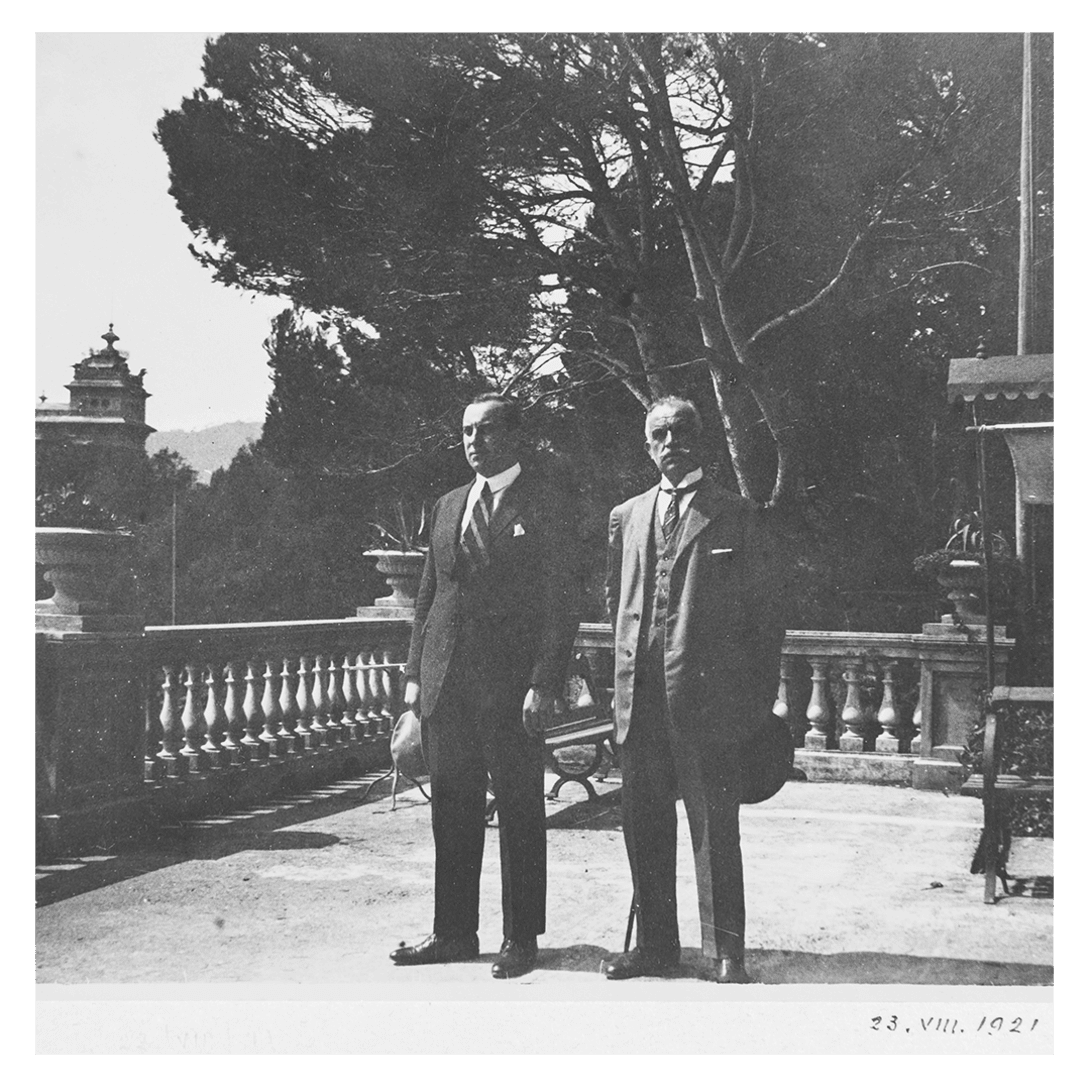


Sotirio and Giorgio Leonida Bulgari, Campello, Italy, August 23, 1921. Bvlgari Historical Archives



Sotirio and Giorgio Leonida Bulgari, Campello, Italy, August 23, 1921. Bvlgari Historical Archives
Under Giorgio and Costantino's vision, the Maison skilfully balanced its rich silversmithing legacy with an innovative approach to design, while laying the foundation for an enduring legacy of craftsmanship, innovation, and avant-gardism - a legacy that continues to be enormously influential to this day.

